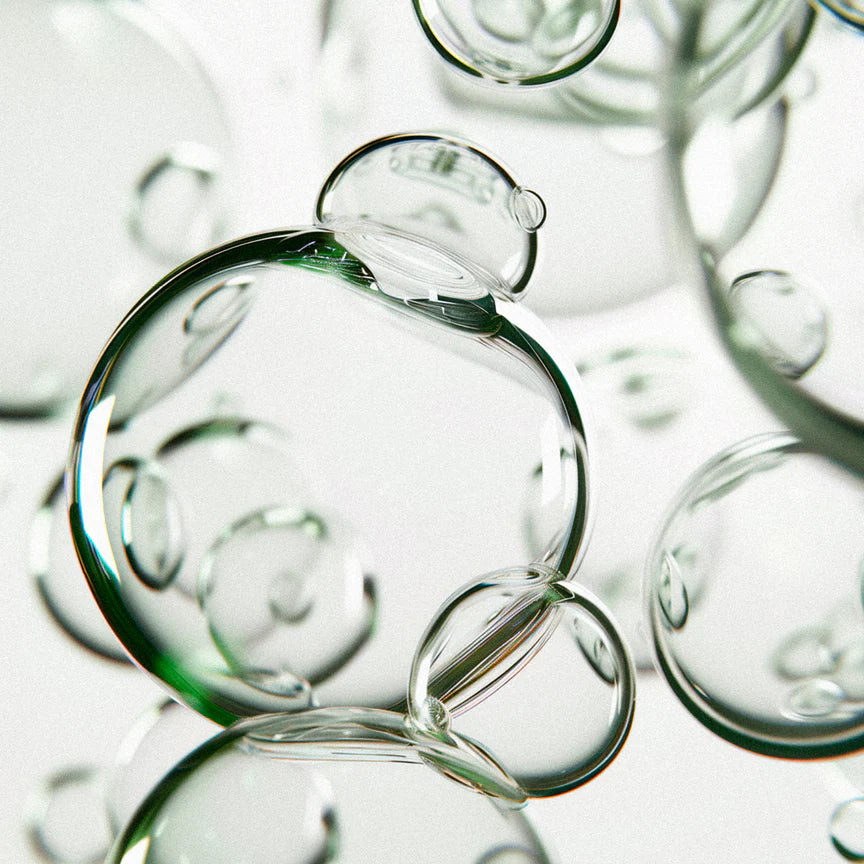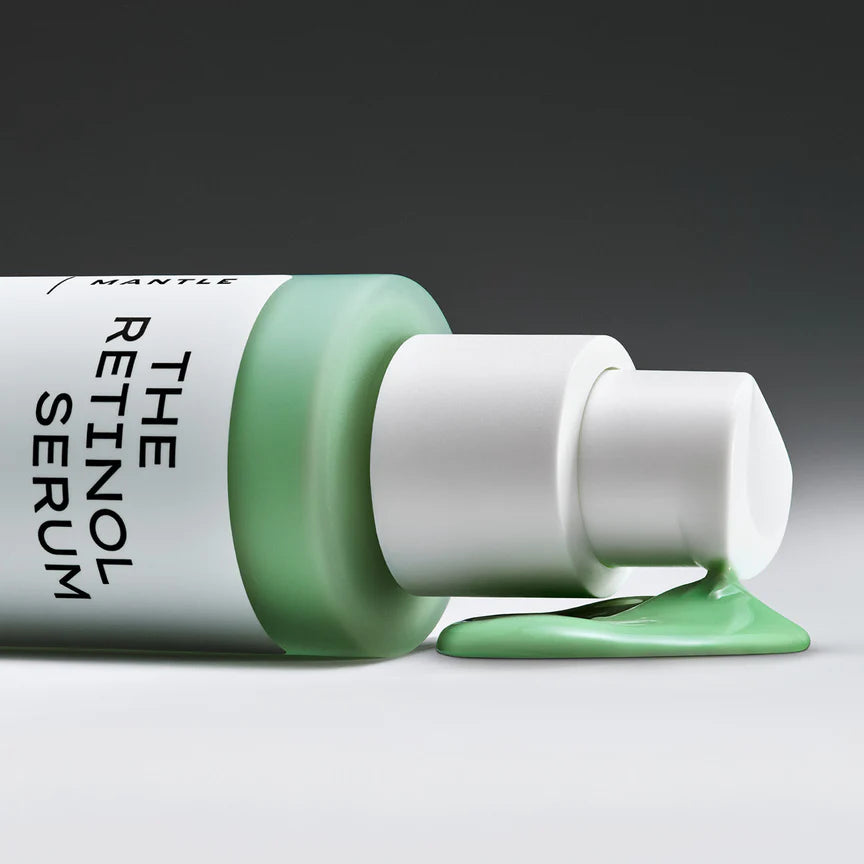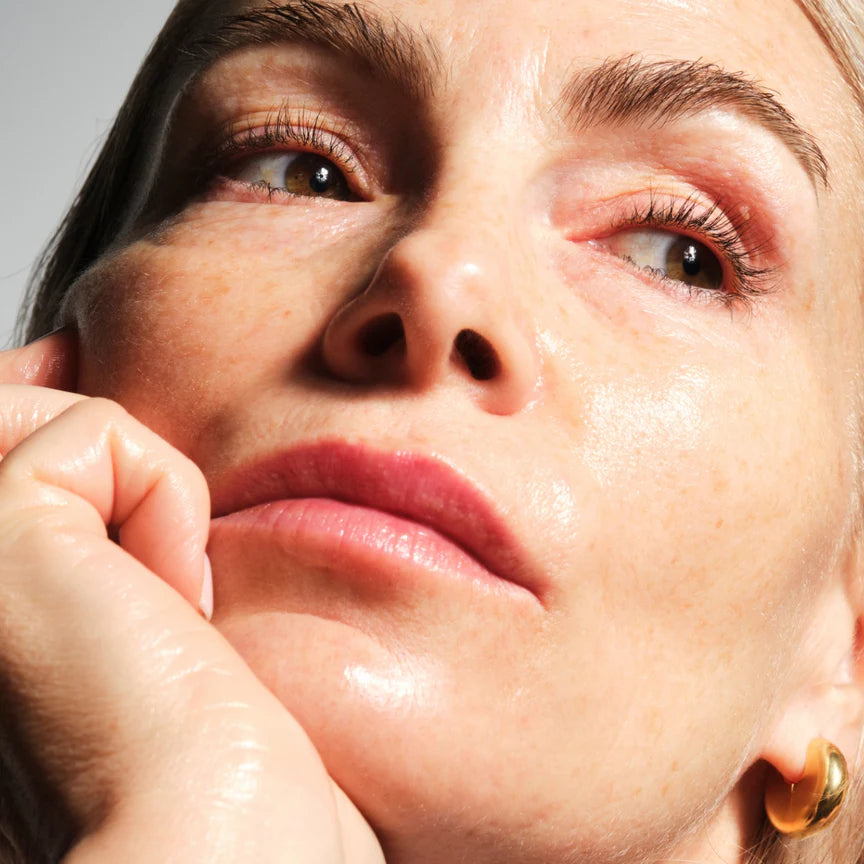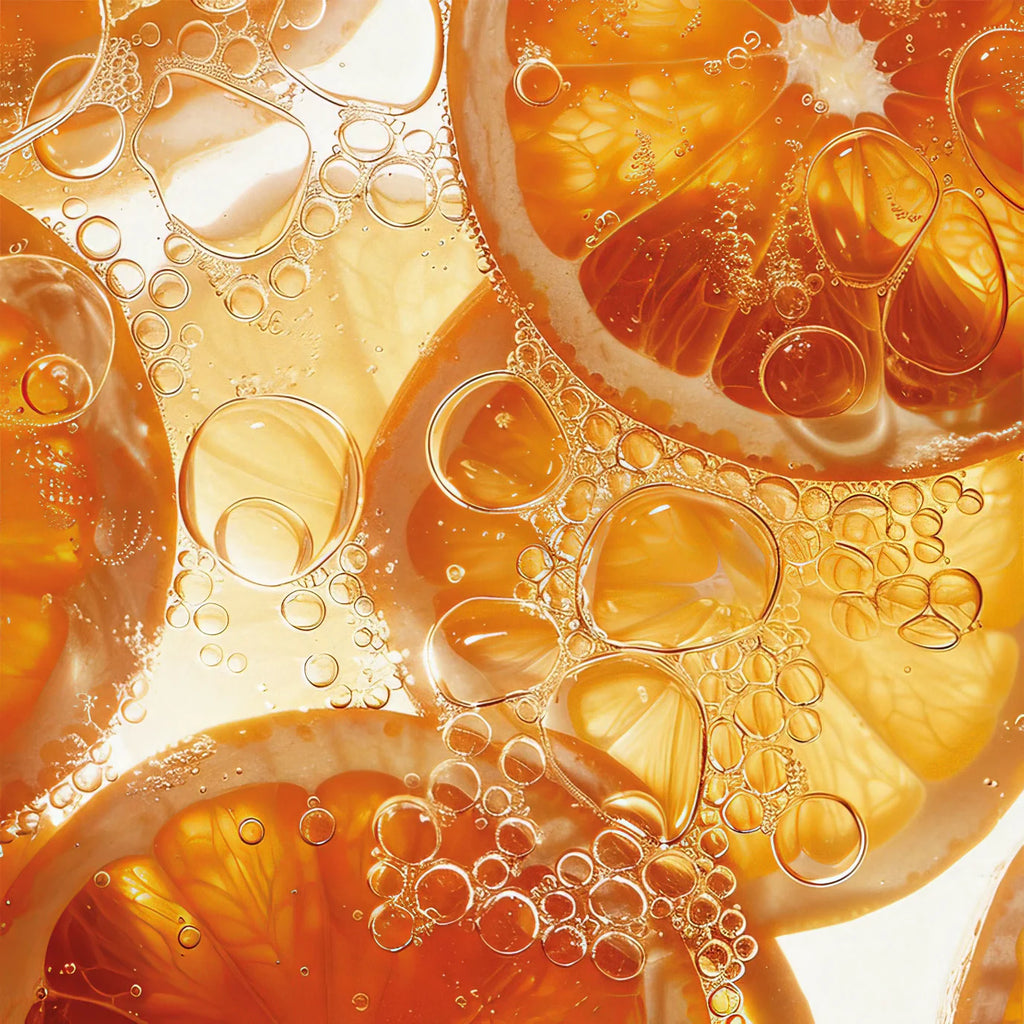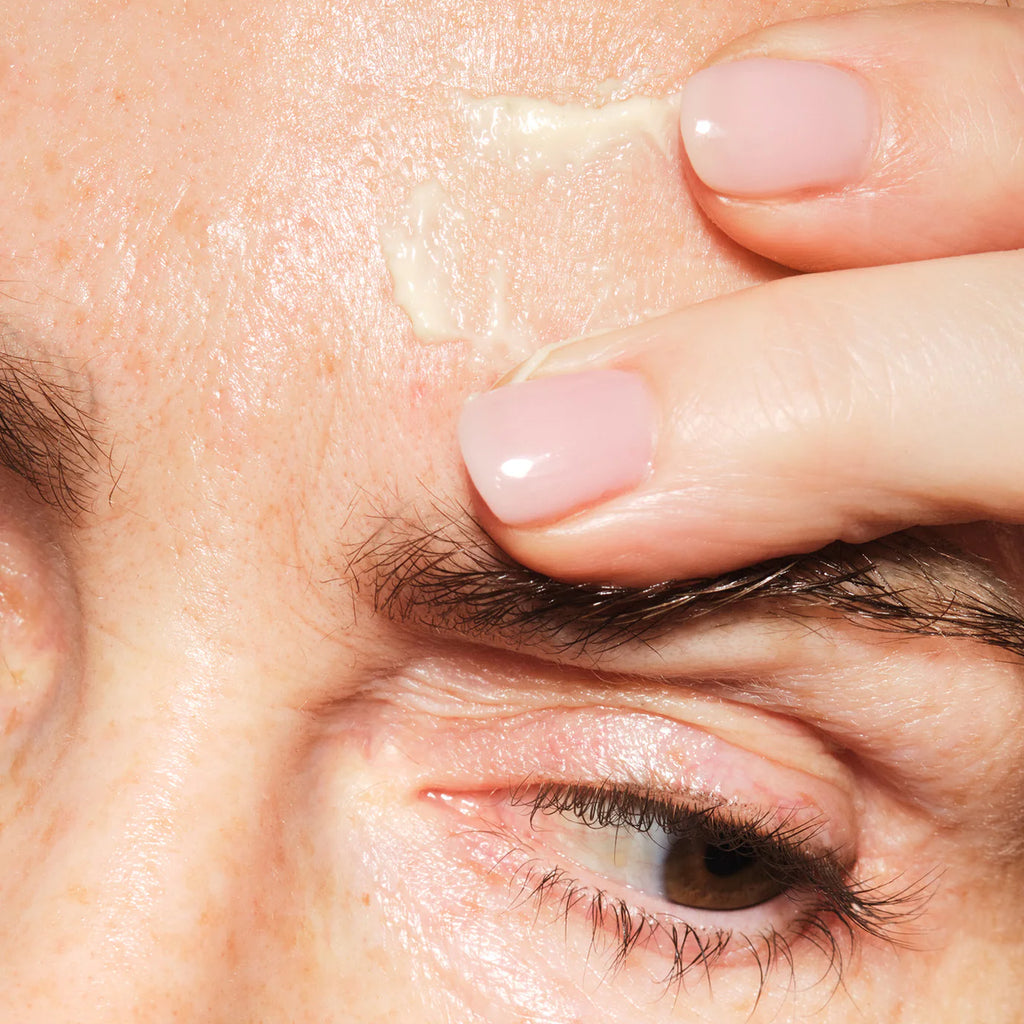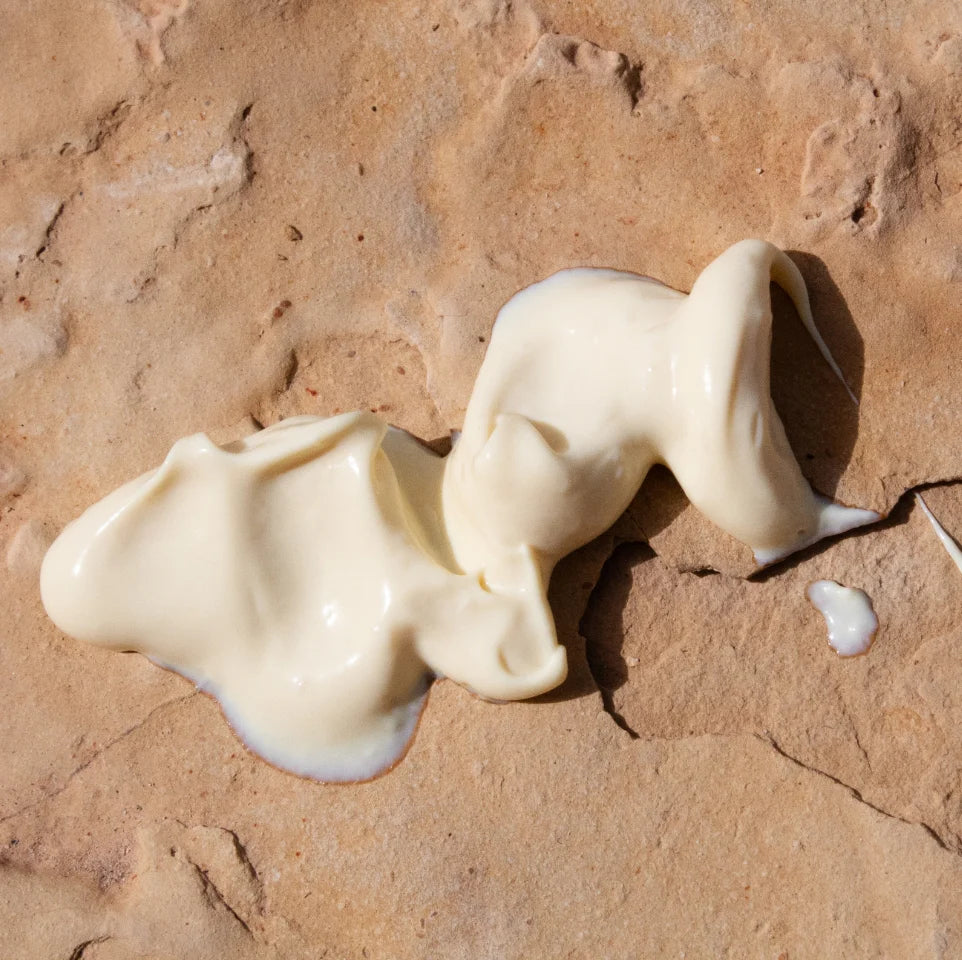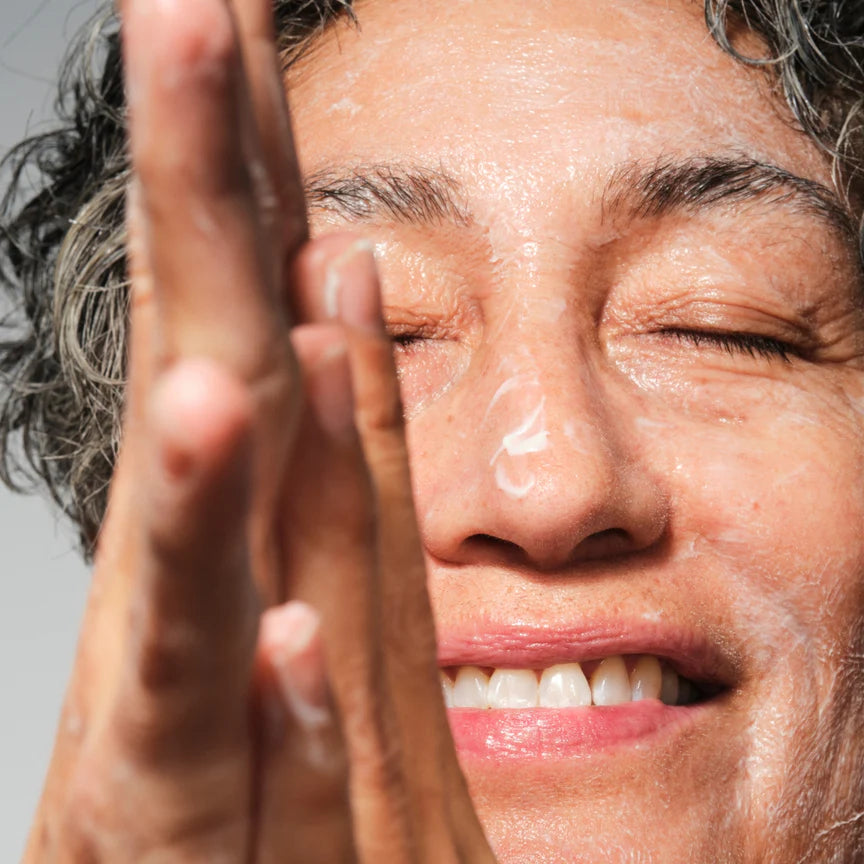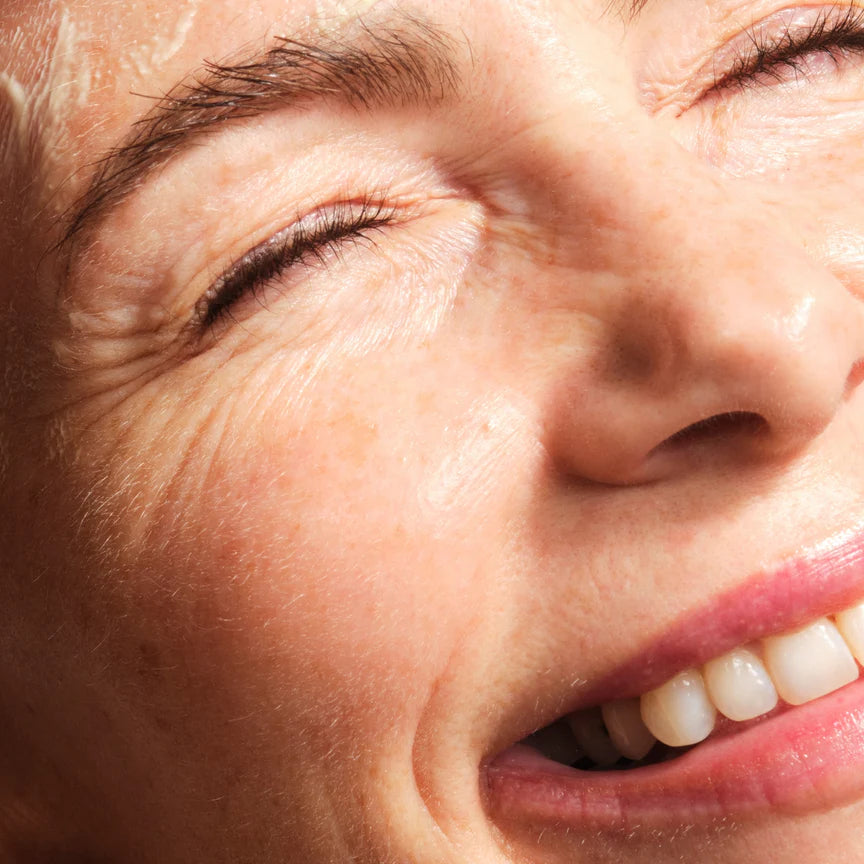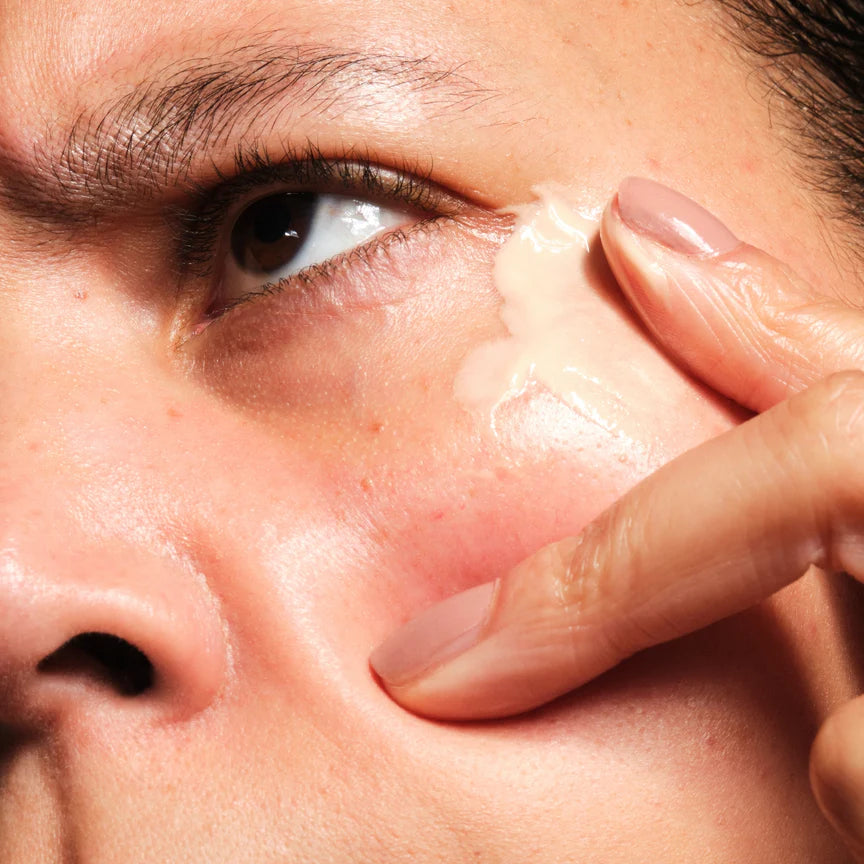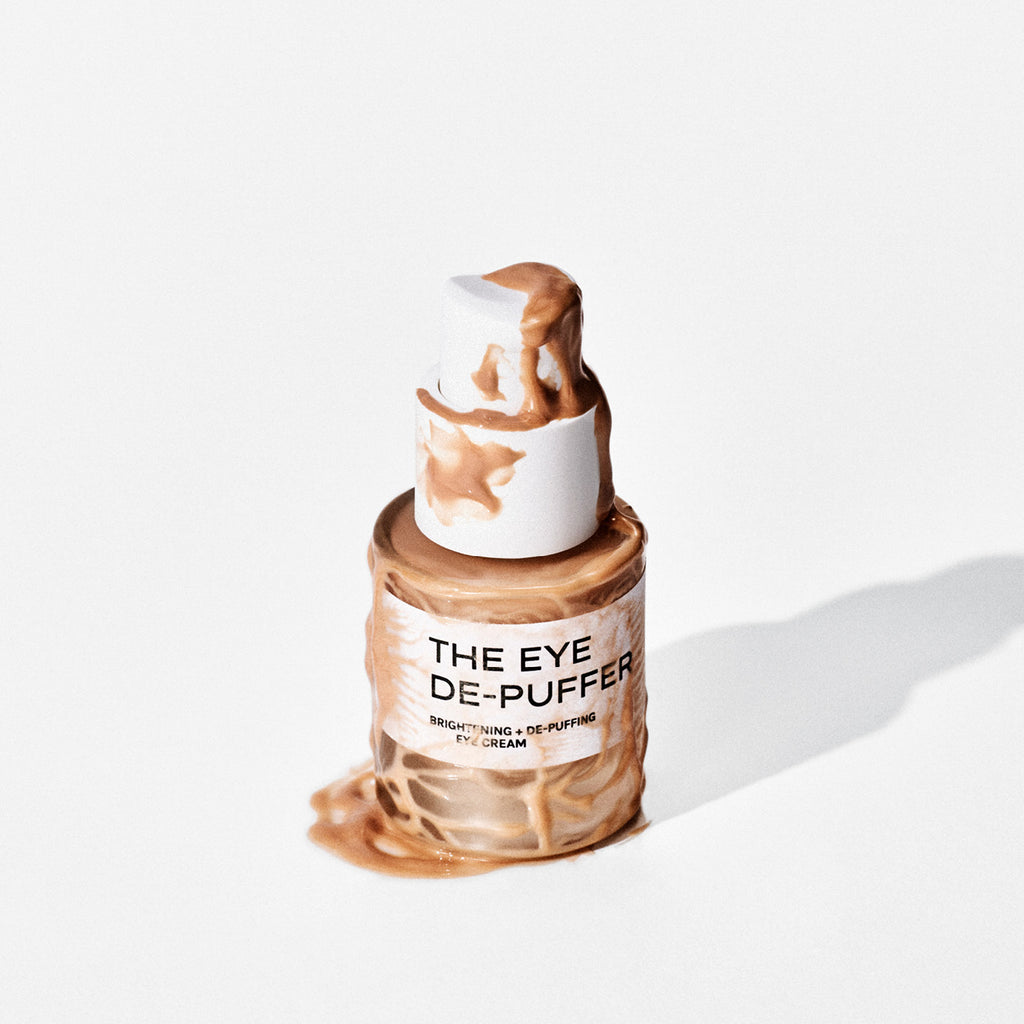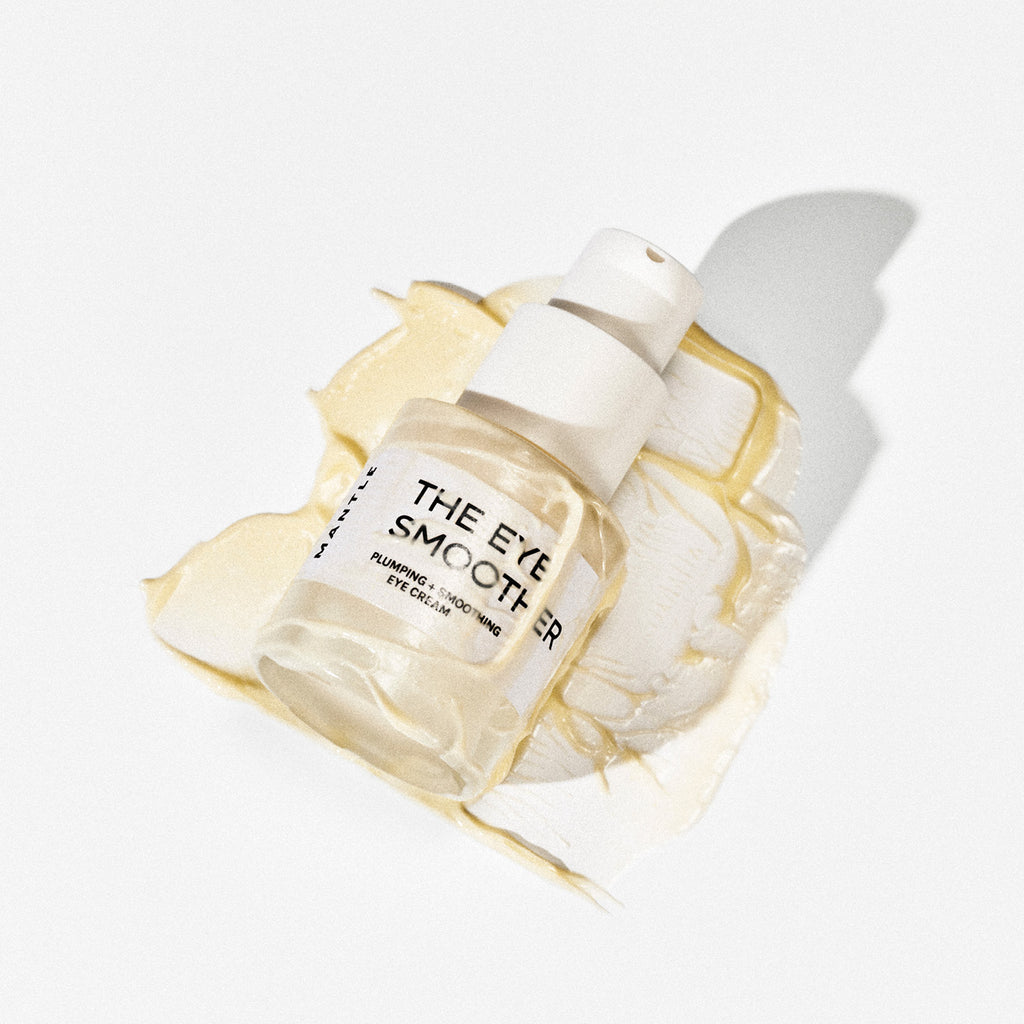Hyaluronic acid
Hyaluronic acid: What is it and what are the benefits of hyaluronic acid in skincare
Naturally found in the skin, hyaluronic acid has become a popular ingredient in skincare and it's here to stay. While it seems to be found in most skincare products nowadays, you may still be wondering what it is.
Hyaluronic acid: A humectant
Hyaluronic acid is a powerful humectant, which means that it draws moisture from its surroundings. Its ability to attract and hold 1000 times its weight in water helps hydrate and plump the skin, making it especially beneficial for dry, surface-dry, and sensitive skin.
What hyaluronic acid does
By binding and replenishing moisture to the skin, hyaluronic acid helps revitalise the skin’s surface layers, resulting in softer, smoother, more radiant skin. Added hydration also helps plump fine lines and texture.
Our hyaluronic acid-rich formulas
The core of all MANTLE formulations is to protect and strengthen the skin barrier, so we love hyaluronic acid and incorporate it into many of our formulas. If your skin needs a hydration boost, we suggest trying our multifunctional toner, The Must Mist, which you can spray on anywhere, anytime. Or the ultra-hydrating gel moisturiser, The Face Jelly, which leaves dewy, radiant results. Or our newest arrival, the transformative resurfacing mask, The Miracle Mask, which serves as a real hero to surface-dry skin in need of a glow-up.
Continue reading
